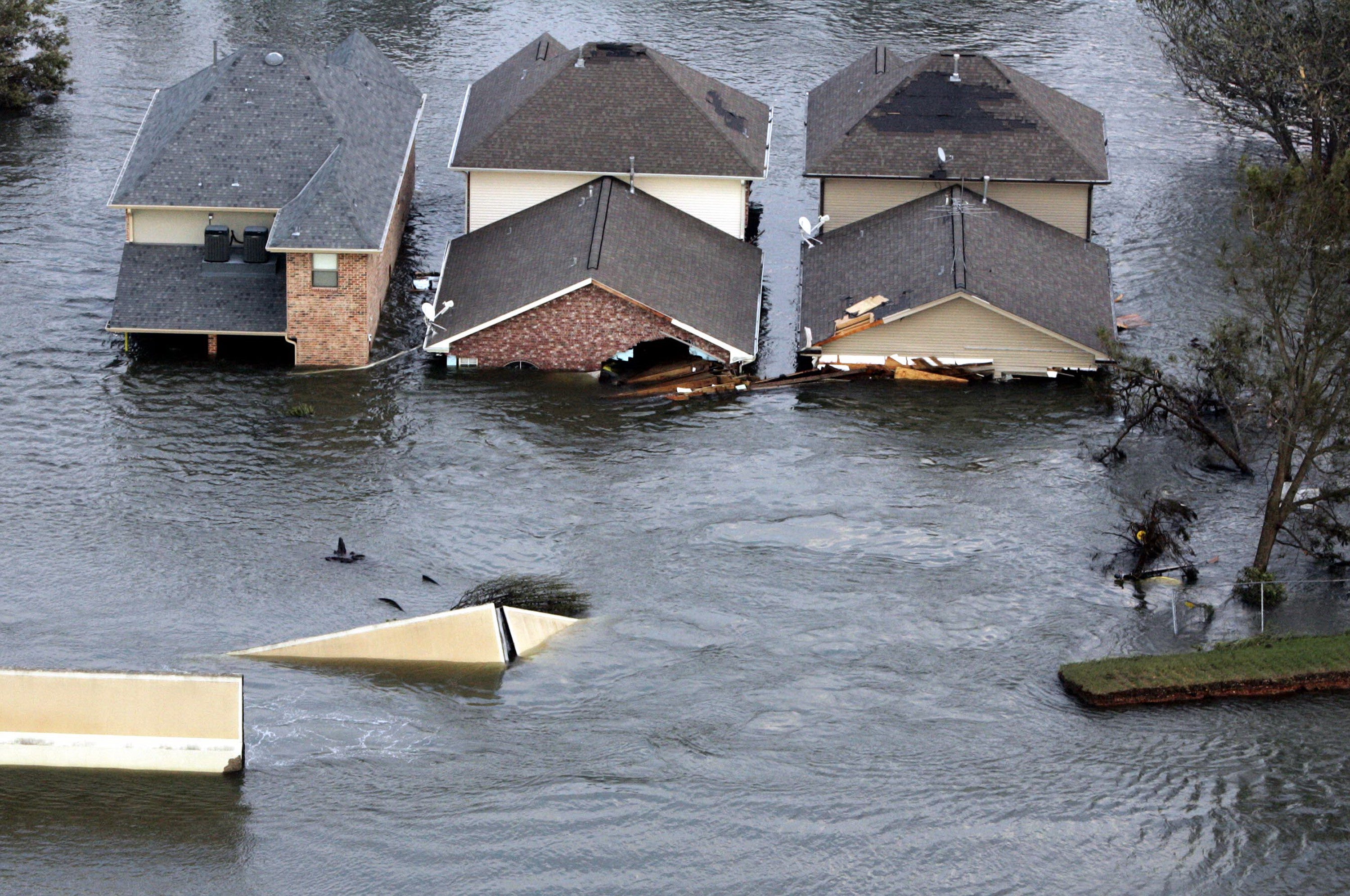
In 2008, despite the fact that Hurricane Bertha was more than a 1,000 miles offshore, the storm resulted in rip currents that killed three people along the New Jersey coast and required 1,500 lifeguard rescues in Ocean City, Maryland, over a 1 week period. Rip currents are channeled currents of water flowing away from shore, usually extending past the line of breaking waves, that can pull even the strongest swimmers away from shore. When the waves break along the coast, they can produce deadly rip currents - even at large distances from the storm. The strong winds of a tropical cyclone can cause dangerous waves that pose a significant hazard to mariners and coastal residents and visitors. In 2004, Hurricane Charley made landfall at Punta Gorda on the southwest Florida coast and produced major damage well inland across central Florida with gusts of more than 100 mph.Ītlantic and Eastern Pacific hurricanes are classified into five categories according to the Saffir-Simpson Hurricane Wind Scale, which estimates potential property damage according to the hurricane's sustained wind speed. Winds can stay above hurricane strength well inland. Debris, such as signs, roofing material, siding and small items left outside become flying missiles during hurricanes. Hurricane‐force winds, 74 mph or more, can destroy buildings and mobile homes. For this reason, emergency managers plan on having their evacuations complete and their personnel sheltered before the onset of tropical storm-force winds, not hurricane-force winds. Tropical storm-force winds are strong enough to be dangerous to those caught in them. Learn more about storm surge from the NHC Storm Surge Unit.Ĭonceptual animation illustrates the wind damage associated with increasing hurricane intensity - courtesy of The COMET Program High Winds In estuaries and bayous, salt water intrusion endangers public health and the environment. Storm surge can travel several miles inland.


The destructive power of storm surge and large battering waves can result in loss of life, buildingsĭestroyed, beach and dune erosion and road and bridge damage along the coast. Storm Tide is the water level rise during a storm due to the combination of storm surge and the astronomical tide. Storm surge can reach heights well overĢ0 feet and can span hundreds of miles of coastline. Storm Surge is an abnormal rise of water generated by a storm's winds. Storm surge and large waves produced by hurricanes pose the greatest threat to life and property along the coast. Before and after Hurricane Ike on the Bolivar Peninsula, TX - September 2008/USGS


 0 kommentar(er)
0 kommentar(er)
